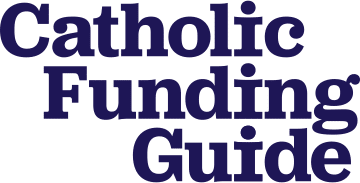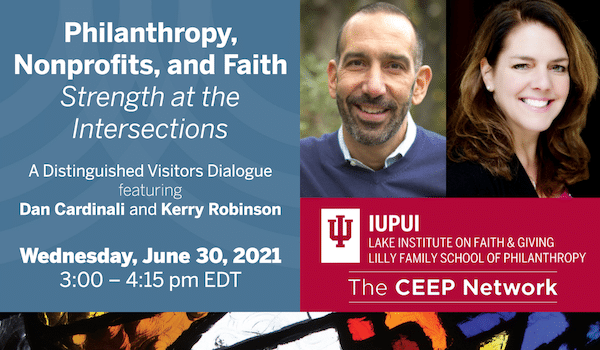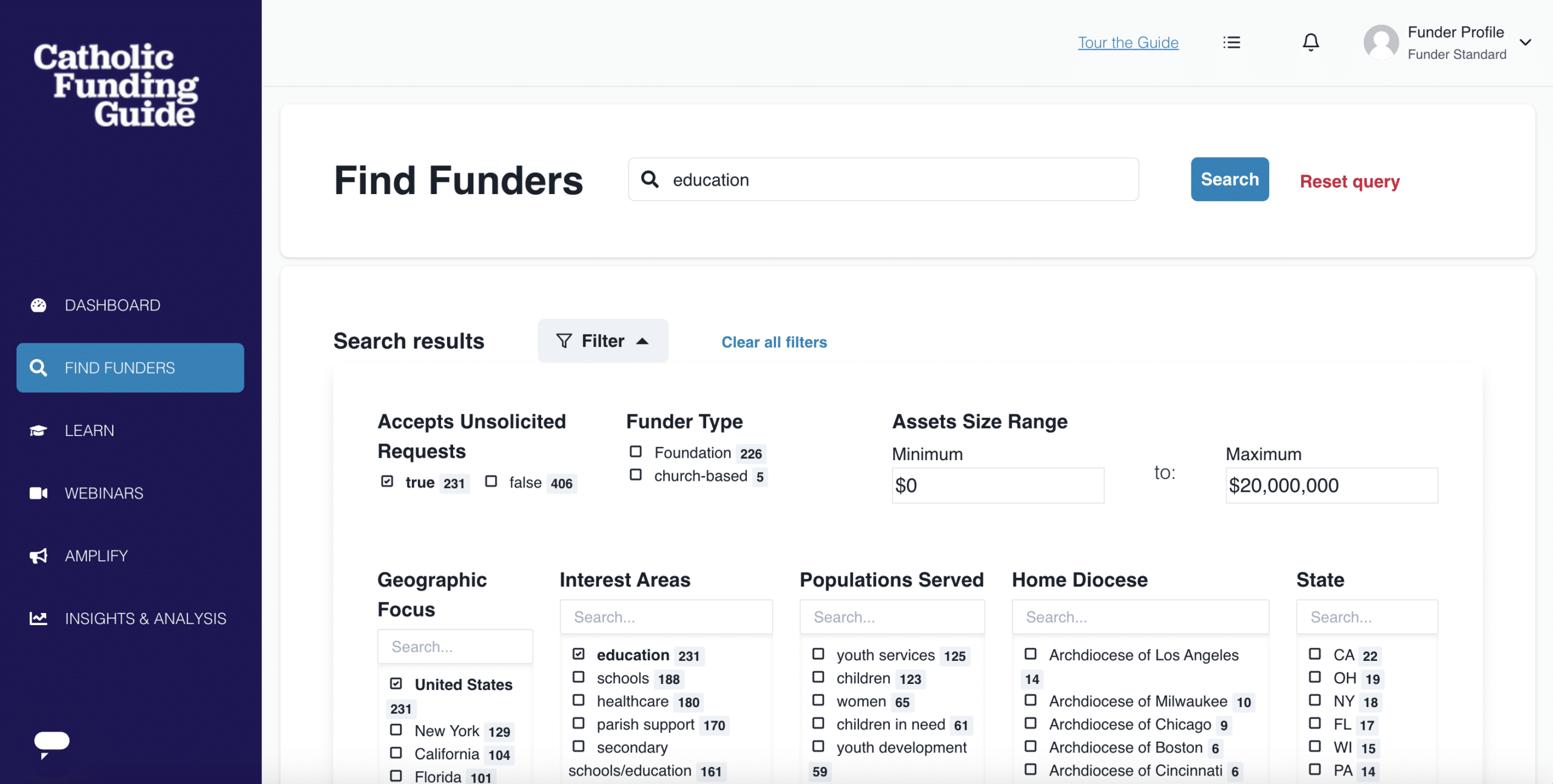This article originally appeared in the June 8, 2021 issue of the Insights newsletter from the Lake Institute on Faith & Giving, and was contributed by the Institute’s Managing Director of Education and Engagement, Melissa Spas.
In observing the work of religious organizations, I have found that many leaders have a particular, remarkable facility with managing adaptive change. Even without a formal approach or the organizational change management vocabulary to describe it, again and again I see religious leaders making a new way through complex and uncharted territory, and bringing their people and organizations along into a vital, creative future.
Adaptability in Leadership
There is something distinctive about the challenges and opportunities facing religious organizations that creates a fruitful space for adaptation, creativity, and faithful do-it-yourself innovation, even within the broader context of the nonprofit sector. Ronald Heifetz and Marty Linsky put a fine point on the challenges involved in adaptive leadership. In describing the high stakes of leading through difficult change, they say: “The risks during such times are especially high because change that truly transforms an organization… demands that people give up things they hold dear: daily habits, loyalties, ways of thinking. In return for these sacrifices, they may be offered nothing more than the possibility of a better future.”
While Heifetz and Linsky were not describing religious leadership, the description rings true, and I would suggest that religious formation and identity lends itself to that very task. In the twenty years since Heifetz and Linsky published Leadership on the Line, American religious institutions have experienced more upheaval and transformation in the external environment than in the preceding half century, decentering previously dominant voices and opening space for new expressions of meaning-making to emerge.
“…change that truly transforms an organization… demands that people give up things they hold dear: daily habits, loyalties, ways of thinking. In return for these sacrifices, they may be offered nothing more than the possibility of a better future.”
– Heifetz and Linsky
Adaptability for Accessibility
Of course, this work of meaning-making, organizational innovation, and transformation is not something that takes only one shape, and the space needed for effective adaptive leadership is not equally accessible to all. Patrick Reyes, in his new book The Purpose Gap names clearly the “compounding effect” of disparities in economics, wealth, housing and education on the search for meaning and purpose, among individuals and in community, including religious community. He says that, “To close the purpose gap is to remain close to the people and stories that are still seeking their opportunity,” and he offers three practices for the daily work involved, aimed toward thriving.
First, he points to the need to tell a new story, which requires paying attention. Then, he suggests that we must design for purpose on our terms, asking “what is?”, “what if?”, “what wows?”, and “what sticks?”. This means grappling with reality, dreaming, centering people, and puzzling through the practical questions about what will make change work in a particular context. Reyes’ final practice is about staying in the present – closing the purpose gap is about today, not staying in the past or dreaming only about the future, but living lives of purpose and meaning in the midst of the work itself, focused on the people and communities to which we are connected.
Adaptability with Integration
Another leader in the business space articulates clearly some of this dynamic. Roger Martin, professor emeritus of the Rotman School of Management at the University of Toronto writes in The Opposable Mind about “integrative thinking”, an approach that refuses simplification and specialization in favor of complexity, and “…requires the integration of mastery and originality.” He goes on to say that, “Mastery is an enabling condition for originality, which in turn, is a generative condition for mastery. The modes are interdependent.”
The nature of religious life is such that mastery (of scripture, tradition, and form) is mandatory for leaders, and the rapid pace of change in our contemporary American context necessitates originality. None of us occupy the same sacred space that our parents or grandparents inherited; the rapid changes in our culture, connectivity, and self-understanding as people of faith mean that we are all moving through uncharted territory, to some degree. This was only confirmed and accelerated by the COVID-19 pandemic and the concomitant social upheaval.
Adaptability as Opportunity
There is no question that the landscape of American religious life has undergone remarkable, complex change in the past two decades, not to mention the last year, including the changing economics of religious institutions. We see and track dramatic shifts in the patterns of religious affiliation, giving, and gathering, and Americans are increasingly making meaning beyond membership in a local congregation. Adaptive models for leadership, an intentional effort to make meaning and discern purpose, and integrative approaches to navigating change can equip religious organizations and their leaders to move into the future with confidence, even when so much of what they have inherited is undergoing dramatic change.
How can we find strength and purpose in the adaptability when our inherited models for religious life no longer seem to serve?
What opportunity for integration is to be found amidst these shifts?
Philanthropy, Nonprofits, and Faith: Strength at the Intersections
A Distinguished Visitors Dialogue featuring Dan Cardinali and Kerry Robinson
Hosted by the Lake Institute on Faith & Giving in partnership with the Consortium of Endowed Episcopal Parishes
Wednesday, June 30, 2021
3:00 – 4:15 pm EDT
Join two remarkable nonprofit innovators as they discuss the ethical and practical strengths at the intersection of philanthropy and faith.
In a time of creative disruption and transformation, nonprofit organizations of all kinds are reevaluating their funding models and the organizational priorities that shape missional activity, in response to both external forces and internal pressures.
How can nonprofits best operate from their deepest values, and make meaning with their stakeholders? What can philanthropy contribute to the transformation taking place in the nonprofit sector? How might religious or faith-based organizations inform this work?
Register at the link below for this free, online seminar.




